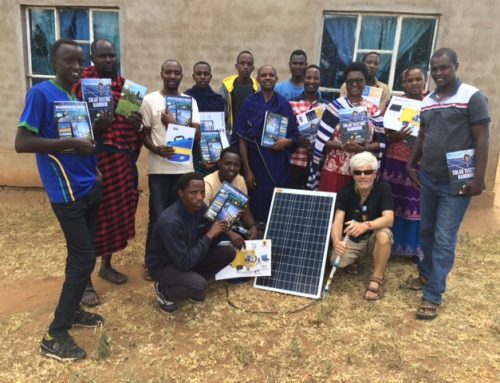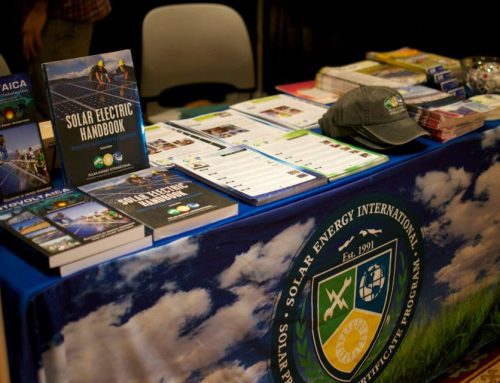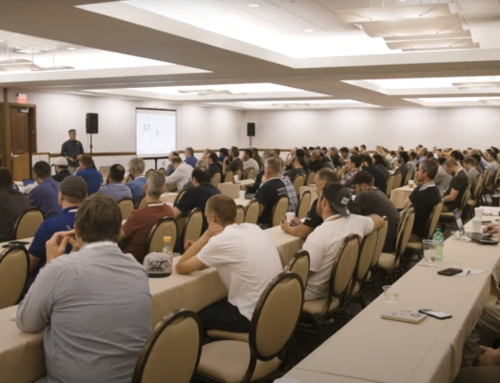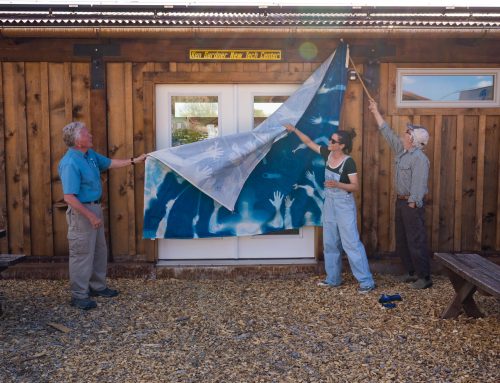2017 NEC in Full Swing…What?!?
That’s right, the deadline to submit proposals for the 2017 National Electrical Code is rapidly approaching. As of this writing, around a quarter of the states have adopted the 2014 NEC; the majority are still on 2011 – though that number is continually shrinking – along with a few lingerers stuck on 2008.
Regardless of what Code is enforced in your AHJ, the PV industry is heavily involved in making sure that refinements and additions in the next Code improve clarity, address new system equipment and architectures, and enhance the safety of PV systems – all hopefully without impacting cost negatively! No short order indeed.
I recently had the opportunity to represent SEI at a meeting of over 50 industry stakeholders regarding the 2017 NEC – we had spent countless hours on conference calls over the last six months, refining proposals that had been originally presented at a similar meeting at the National Renewable Energy Lab (NREL) in Golden, Colorado, back in March.
Key areas of discussion include:
Rapid shutdown: Introduced in 2014, Section 690.12 best represents some of the difficulty in Code making – this new requirement hasn’t been implemented all that much in the field yet, and it is already time to work out the 2017 language!
Grounding and ground-fault protection: An overhaul in the making, the fundamental idea is that, due to ground-fault protection in the DC circuit, nearly all PV systems are not solidly grounded, and it is time to clarify this.
Module level electronics: A growing segment of the industry, the Code needs to address these systems in the same manner as others.
Disconnects: With so many different systems types it can be difficult to say where exactly the PV system ends (and it’s disconnect should located); this represents an ongoing effort to improve existing Code language.
Energy storage: A growing industry, PV isn’t required as part of an energy storage system, nor is energy storage required in PV systems…so how to best address it in an intelligent manner that allows for changing technology and applications?
Large-scale PV systems: It’s a pretty simple idea – even though PV is modular, there are a lot of major differences between a 7 kW roof-mounted residential system and a 50 MW solar farm; perhaps it is time to address these.
It’s a collaborative effort, with stakeholders from a variety of equipment manufacturers, EPCs, engineering firms, and other interested parties – such as SEI and yours truly! And many thanks are due to the SolarABCs, the National Renewable Energy Lab (NREL – thanks for hosting, what a facility!), and the Solar Energy Industries Association (SEIA – they’ll submit the consensus proposals) for making the gathering possible.
The deadlines for submitting proposals for the 2017 NEC is October 3rd (paper submittals) and November 7th (online submittals) – time is short so get involved now if there’s a change you want to see made. And if you need to get up to speed on the NEC or brush up for a NABCEP exam, SEI has continuing education webinars on the 2011 and 2014 NEC as they relate to PV systems.
View SEI’s Continuing Education Series >>





